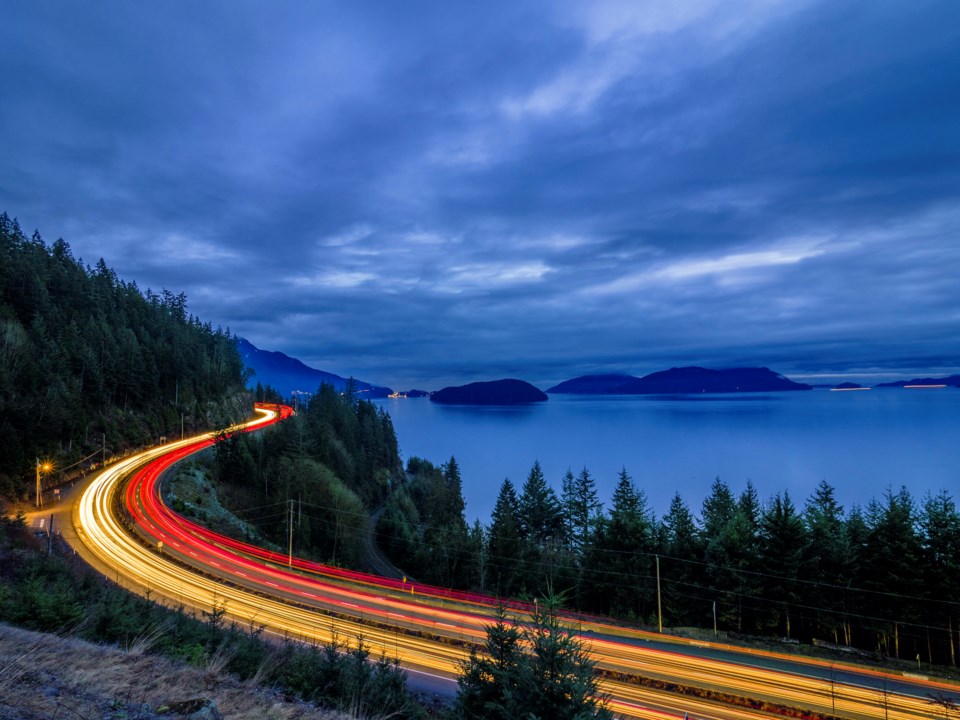The borders and populations of B.C.’s 87 provincial ridings are coming under review.
The B.C. Electoral Boundaries Commission is now in its last weeks of public consultations before setting to work on recommendations that could reshape some districts, including one on the North Shore that is among the most hotly contested in the province.
“We've received hundreds of submissions at this point,” said Justice Nitya Iyer, chair of the B.C. Electoral Boundaries Commission.
Following this commission, up to six new seats may be added to the legislature.
Under the law, a new commission must be struck after every second provincial election. Their mandates are to review the geography, population change and names of B.C.’s electoral districts and see if they need to be reconfigured. The average number of people in B.C.’s 87 ridings is 57,841. A commission is more inclined to recommend changes when a riding’s population deviates more than 25 per cent from the average.
At 2.5 per cent and -0.66 per cent respectively, West Vancouver-Capilano and North Vancouver-Seymour are right in the sweet spot. But residents in both North Vancouver-Lonsdale and West Vancouver-Sea to Sky are both now statistically underrepresented in the legislature by 16.05 per cent and 14.49 per cent each.
They, however, are nowhere near as disproportionate as the ridings in B.C.’s north and east, which deviate as much as 64.2 per cent. The previous commission was explicitly directed not to recommend changes to those ridings, but that’s not the case this time around, Iyer said.
That doesn’t mean necessarily that the more sparsely populated parts of the province will necessarily be losing seats in the legislature, though. The commission also considers such things as accessibility to one’s MLA, transportation logistics within the region, and whether a riding has unique demographics or communities.
“We can have electoral districts that vary quite a bit in population where we think it's necessary for effective representation,” Iyer said.
Politically, West Vancouver-Sea to Sky has become a very closely watched riding with the 2021 election results coming down to a judicial recount. In the end, the B.C. Liberals narrowly held the riding with 37.54 per cent of the vote – just 60 votes ahead of the Green Party of B.C.
Any redrawing of boundaries in a riding that close could shift the balance of power and produce different results, but Iyer said the commission is explicitly guided by the principles of representation, not outcomes.
“It’s really important to us. The point of our commission is very much about democracy and access to your representative and access to voting. It's in no way connected with election results,” she said. “Although some people have spoken to us about that, I would like to stress that we don't draw electoral boundary lines with an eye to who might actually win the election if the district is configured in a certain way. That, in my view, would be gerrymandering and that is exactly what we are here to prevent.”
The commission is hosting in-person and virtual meetings to hear from the public, including one scheduled for 10 a.m. on Thursday May 12 at the West Vancouver Community Centre’s Cedar Room and another at 1 p.m. at the Executive Suites Hotel & Resort in Squamish. Submissions from the public can also be submitted online.
The commission’s report and recommendations for new electoral districts and boundary changes will be published this fall, which will trigger a second round of public consultations. The final report is due in April 2023.


